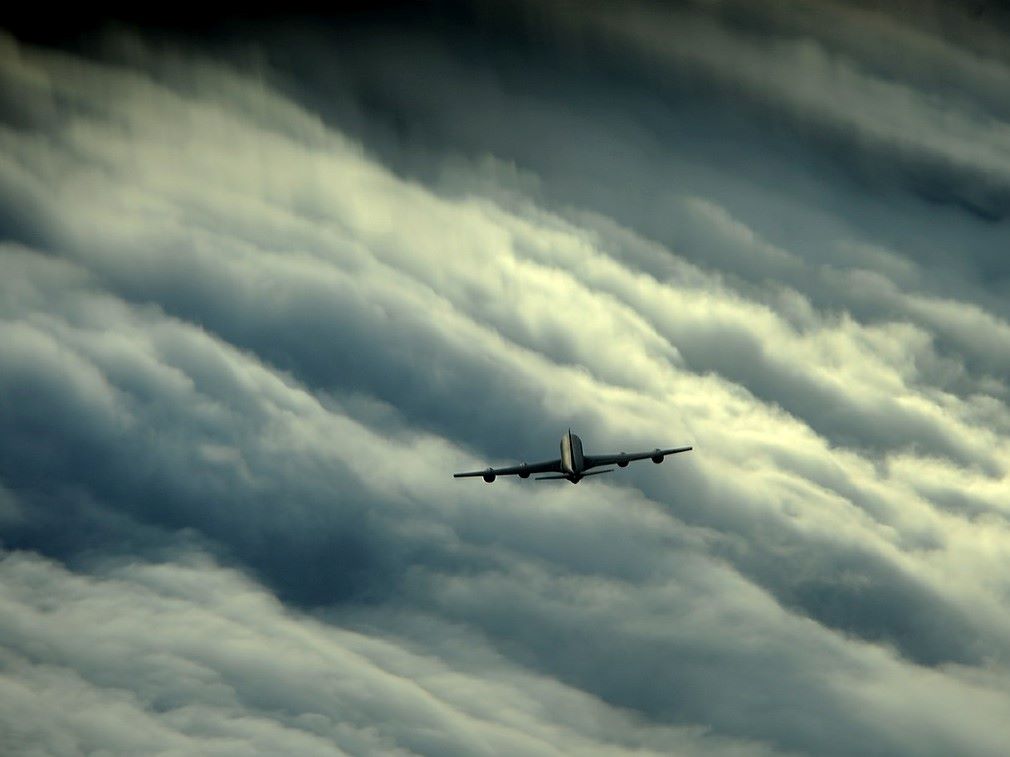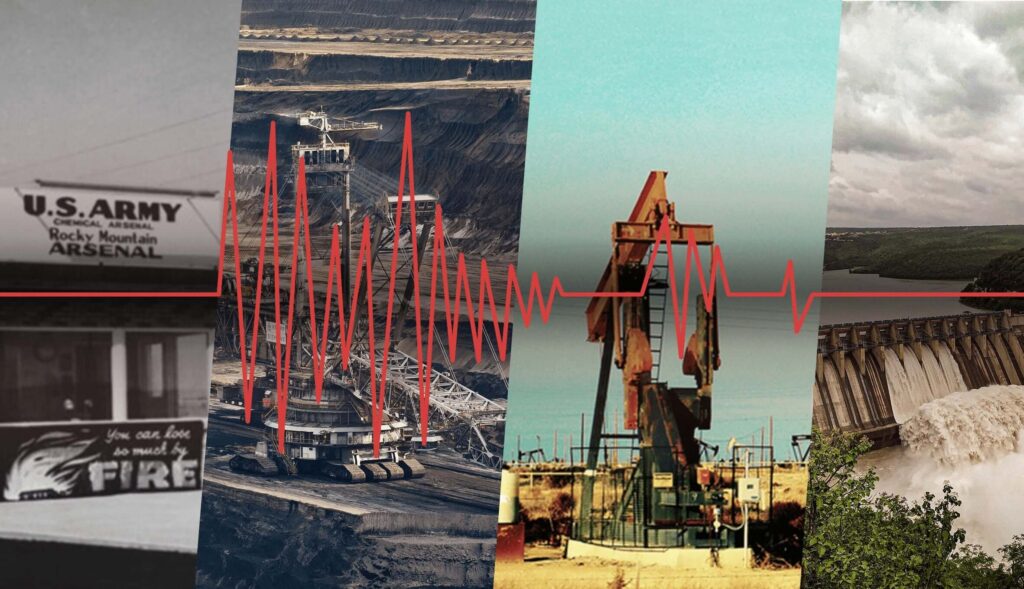Although, it may “feel” like we face more turbulence when flying over water bodies, it is not really so. Unless, of course, we are passing through a patch of cyclonic weather.
In general, chances of turbulence are highest when we pass over mountains or cities with high-rises. The narrow passage formed in between the mountains/high-rises can force the air up in waves (turbulent mountain waves), which are most notorious in causing turbulence. In fact, hot weather conditions are also more likely to cause turbulence due to updrafts/downdrafts as compared to colder regions.
Flying over water bodies such as seas/oceans (in the absence of stormy weather) should mostly be a smooth experience. So much so that if shortest time of flight was not a priority for airlines, pilots would probably prefer to fly over the seas than the mountains!
Turbulence is extremely difficult to simulate or predict. It requires immense computing power and is still one of the biggest challenges of airborne journeys.














